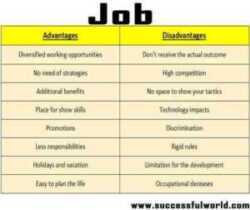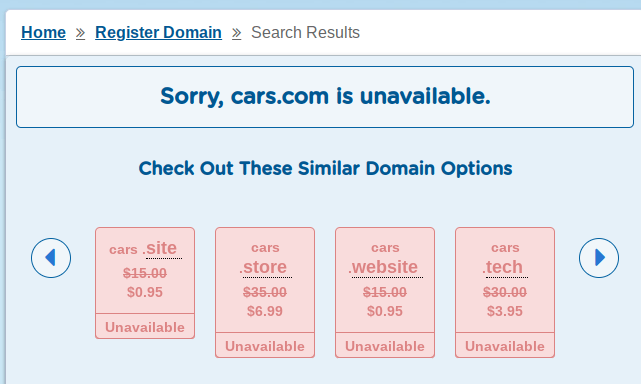Imagine a rocket ship without radar or a transatlantic ship without a compass.
This is exactly how you can imagine a business idea without a good business plan.
Many entrepreneurs eager to earn money make the mistake of embarking on the adventure of starting a business without giving enough importance to having a “business map“.
What is a business plan?
A business plan is like a roadmap that guides you to success. If you were in an unknown city and you want to get to a certain point. You only have 2 shapes. Ask each person you meet or use a Waze-type digital guide.
Definitely the second option will be the most convenient to get by yourself and safely to your destination.
If you don’t have a digital map, you just go anywhere. A business plan is something similar, it is the guide that allows you to navigate to your destination and get there the best way.
Hence, a business plan is more than a simple document that indicates the kind of business or economic activity you want to carry out.
In a previous post we talked about how to make your plan effective, but in order for it to lead you in the direction of success, it must be thoroughly developed and must include key elements that I share with you today.
How elaborate should my business plan be?
There are basically 2 kinds of business plans. The best known is that document that is prepared to present it to the bank, investors or venture capital companies.
Its purpose is just that, to raise capital to build a large corporation with the intention of competing in the stock market. This document is usually very broad, detailed and formal but it is not the one we need for a small or medium-sized business.
On the contrary, if you are an entrepreneur, with a great dream of being independent and being your own boss, what you are really looking for is to put that great idea to work and transform your small capital into a company that allows you to support your family and achieve financial freedom one day.
So you need a basic business plan, what we’ll call a: “let’s do it“.
How to start my business plan?
- Relax and start putting your ideas in order. First of all, you should relax, remember that your main objective is to put your skills and talents to work and turn them into a capital-generating business that helps you get ahead.
So avoid all kinds of pressure and remember that in this business the only investor is yourself and you will probably be the only employee, for some time. So your business plan will be one more tool to guide you towards that goal.
- Describe your plans in black and white. Take a pencil and paper and don’t worry that your business plan shouldn’t have more than a few sheets of paper. The main focus will be on 2 aspects: operations plan and marketing plan.
The operations plan must answer this question: What am I going to do and how am I going to do it? The marketing plan must answer this: Who am I going to sell to and how am I going to do it?
- Answer the 2 main questions described and use a maximum of 2 sheets for each one. This will help clarify your ideas and determine the fundamental aspects on which you want to guide your business strategy.
The best you will see! 👉 Your Business Model in 7 Days
Elements of a Good Business Plan
- Objectives of the Plan. Here you must specify the main motivators for setting up the business as well as the most important general objectives. It is important to describe your medium and long-term goals.
- Market analysis. Ask yourself who has a need for the products or services you want to offer and how much they will be willing to pay or hire you. Describe on a sheet who your potential customers are and how you plan to reach them.
At this point, a study should be carried out to determine the business environment, potential demand, competition analysis, pricing policies, and target market for the business’s products and services.
- Structuring the Company. Here the way the company will be run should be clearly described. Specific functions, levels of authority and both administrative and technical responsibility must be assigned. A SWOT is an ideal tool for this section.
- Financial analysis. You must write clearly how much money you hope to earn and in how long. Detail on a sheet of paper your income estimates, an initial investment budget and a monthly fixed expenses budget, as well as any important details that you consider related to the investment issue. This part will surely help you determine if you are ready to start your business.
Sales and expense projections should also be considered in this section of the plan.
- Competition. Write on half a sheet of paper who your competitors are. Sure! There is always competition and of course you will be penetrating their market space. Admit it, accept it and include it in your business plan. Always ask yourself what you can do better than them.
- Cover. Finally, write the name of your company, your name and your business vision on a sheet of paper. What is your dream? Describe where you would like to be with your company 5 years from now, and make sure you dream big. This is the cover of your business plan. Just for yourself.
- Executive Summary. This is the formal report that must contain all the above points described in detail in such a way that it can be used to present the project and process financing requests. Preferably, this summary should not be longer than one page.
Important! Flexibility in Your Plan
A business plan must be flexible, adaptable, and regularly reviewed. Remember that it is a guide that will help you keep your priorities clear and not get lost in the hustle and bustle of everyday life.
Therefore, your plan must be flexible and adaptable to the challenges and adversities of each stage in your company.
The mere fact of describing the execution of the business in detail will reveal many aspects that are not always appreciated at first glance and that must be contemplated for things to go well.
Clearly describing the roles and responsibilities of each employee is also essential to avoid misunderstandings that over time affect relationships and performance within the organization.
Finally remember to elaborate it with a lot of enthusiasm, positivism and visualizing your company with success and soon you will be navigating in the right direction.
Super recommended! 👉 Your Business Model in 7 Days

























